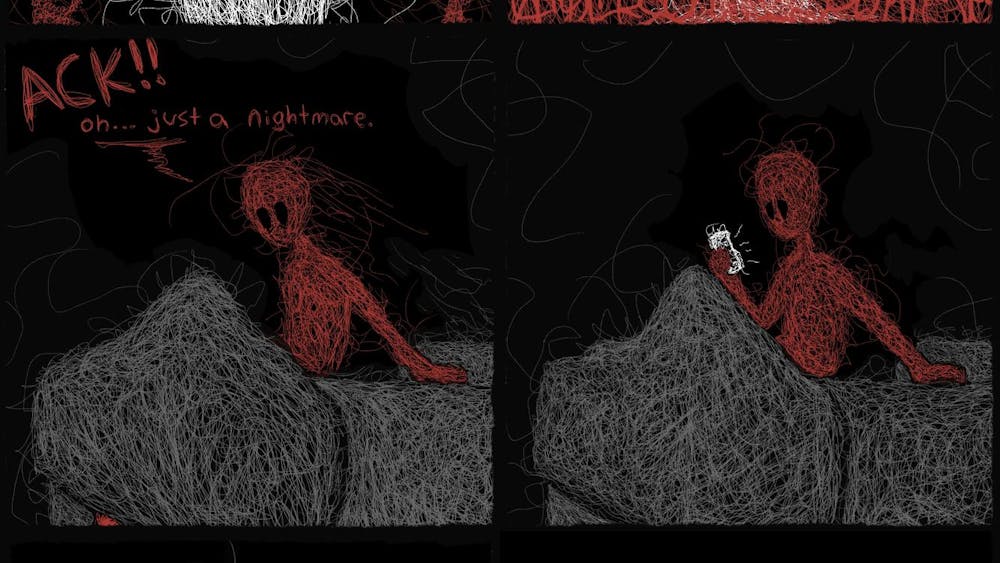The most tell-tale sign that fall is here is the beautiful colors the trees don before the leaves fall off for winter. Within a couple weeks, trees go from the vibrant, summery green to brilliant orange and red colors we all associate with the season.
As for why this phenomenon occurs, most of us probably do not know. But Gary Hannan, professor of biology at Eastern Michigan University, has some answers.
“The question of why leaves turn red in the fall is actually two very different questions” Hannan said. “One is physiological, and the other is adaptation.”
The physiological mechanism related to fall color centers on the role of the yellow and orange pigments are always present in the leaves. These are called carotenoids and are the same pigments that give carrots their unique orange color. As the green chlorophyll pigments begin to break down and disappear in the fall, the more colorful carotenoids, which are always present in the leaves,
become more visible.
The red color comes from a different pigment, called anthocyanin. This pigment stores the sugars produced during photosynthesis when the weather gets cold for use when the leaves warm up again.
Additionally, the tree uses them to help the leaves retain water by increasing the concentration of anthocyanins in the cells of the leaf. This also helps to lower the freezing point of the leaves, which protects them from damage before winter.
But how do the trees know that colder weather is coming? They use night-length as an indicator.
“As nights get longer in the fall, the trees start to prepare for winter,” Hannan said.
As for the evolutionary benefits of the changing and falling of the leaves, a variety of hypotheses have been proposed.
“Basically, winter is stressful to plants because of the low temperatures and, especially, lack of water once the ground freezes,” Hannan said. “Unless the leaf can retain enough water to survive the long, dry winter, it will dry up and die.”
Leaves require a lot of energy to be maintained and due to the lack of water and sunlight in the winter, trees do not have the necessary energy to keep up the maintenance of shedding and growing new leaves throughout the season.
“The trees anticipate this loss of energy in the fall and begin to shut down their leaves in a controlled way that allows for the recapture of nutrients and food from them before they shed them in time for winter,” Hannan said.









